Tele Vue DeLite 5-9-15mm Eyepiece Review
By: William A. PaoliniDiscuss this article in the forums
August 30, 2016Last year, Tele Vue introduced the first set of focal lengths (7mm, 11mm, and 18.2mm) of their new DeLite eyepieces (You can read William Paolini's exclusive review of those eyepieces here ). Recently, they released their much anticipated second series of focal lengths for the DeLite eyepieces in 5mm, 9mm, and 15mm. In this review, Bill Paolini, author of the book "Choosing and Using Astronomical Eyepieces", reviews these new eyepieces and puts them through their paces. He compares them to other premium eyepiece brands during observations of deep-sky objects, the Moon, and planets through a variety of telescopes. His verdict on these new focal lengths of Tele Vue's DeLite eyepieces? Read below to find out...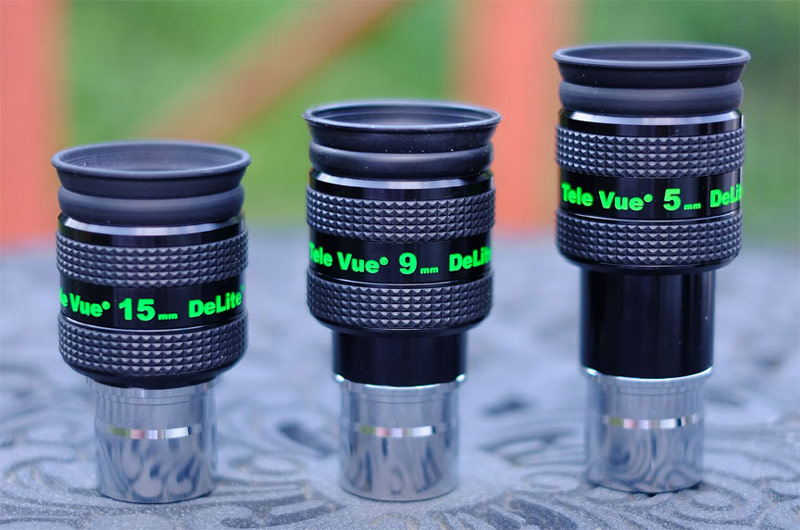 Fig 1: Tele Vue's next series of DeLite focal lengths in 15mm, 9mm, and 5mm, all with 1.25" barrels.
Fig 1: Tele Vue's next series of DeLite focal lengths in 15mm, 9mm, and 5mm, all with 1.25" barrels.1. Overview
The new Tele Vue DeLite eyepieces in 5mm, 9mm, and 15mm focal lengths share the same precision build, fit, finish, adjustable eye guard, apparent field of view (AFOV) and eye relief as the previous focal lengths introduced with this line. Six DeLite eyepieces are now available to amateur astronomers offering a nice spread of focal lengths from 5mm for planetary magnifications to 18.2mm for larger extended objects at lower magnifications.
Focal Length AFOV Eye Relief Min Height
(eyeguards down)Max Width
(housing)Weight Parfocal 5mm 62° 20mm 4.1 in 1.9 in 7.5 oz Yes 7mm 62° 20mm 3.7 in 1.9 in 7.3 oz Yes 9mm 62° 20mm 3.6 in 1.9 in 7.3 oz Yes 11mm 62° 20mm 3.4 in 1.9 in 7.1 oz Yes 15mm 62° 20mm 3.4 in 1.9 in 7.1 oz Yes 18.2mm 62° 20mm 3.0 in 1.9 in 7.6 oz Yes
Note - Minimum heights were measured for the 5,7,9, and 15mm DeLites; others are from the Tele Vue website.2. Build Quality and Form Factor
These newest DeLite eyepieces provide the same impression of solid quality, robust build, and highly refined fit and finish which is the hallmark of Tele Vue equipment. The rubber eye guard feels thick and substantial, and the locking adjustable eye guard housing provides approximately ½" of travel from fully down to extended. With the eyeguard fully down and firmly locked as tight as possible, I found that it would not move from its positioning, even when removing a tight field lens cap. This was true for all the focal lengths tested with the exception of the 9mm which would move slightly when removing the tight field lens cap. Given that the field lens caps can be very tight and create a vacuum when removing, I would recommend holding the eyepiece by the barrel as a best practice when removing field lens caps.
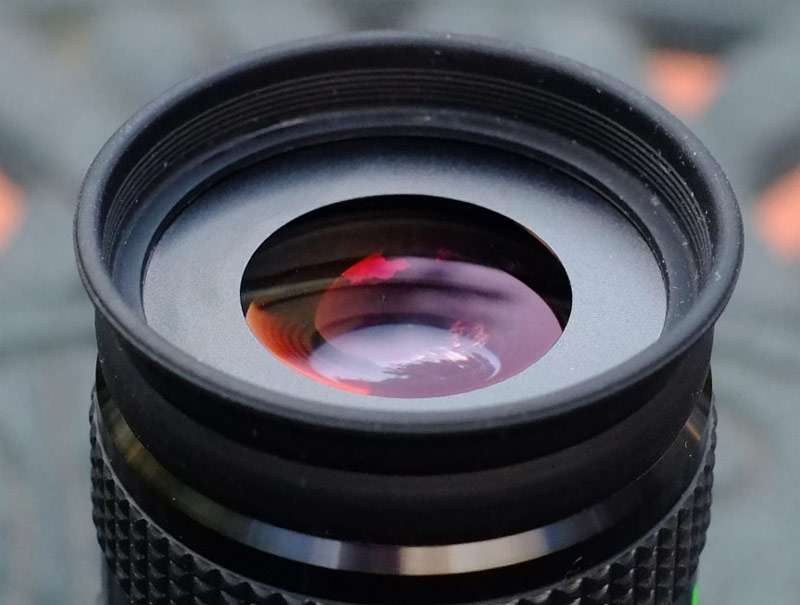 Fig 2: The uniform eye lens appearance of the DeLite eyepieces.
Fig 2: The uniform eye lens appearance of the DeLite eyepieces.Eye lenses for all three of the eyepieces are 25mm in diameter and show richly colored coatings. While the eyepieces appear small overall, the 5mm is deceptive being a fairly long eyepiece that is almost as long as the Pentax 5mm XW (See Figure 5).
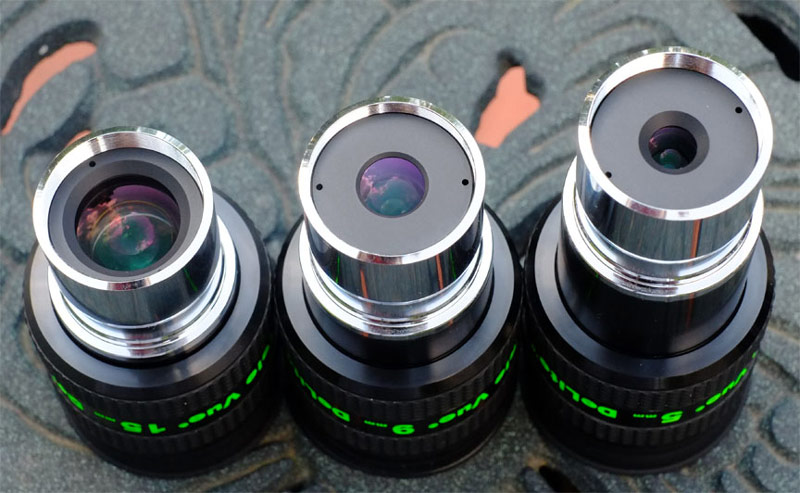 Fig 3: The field lenses of, from left to right, the 15mm, 9mm, and 5mm DeLite eyepieces.
Fig 3: The field lenses of, from left to right, the 15mm, 9mm, and 5mm DeLite eyepieces.The field lenses of the eyepieces are all secured with metal retaining rings/baffles that are anodized flat black to suppress reflections. Filter threading is chromed and un-blackened.
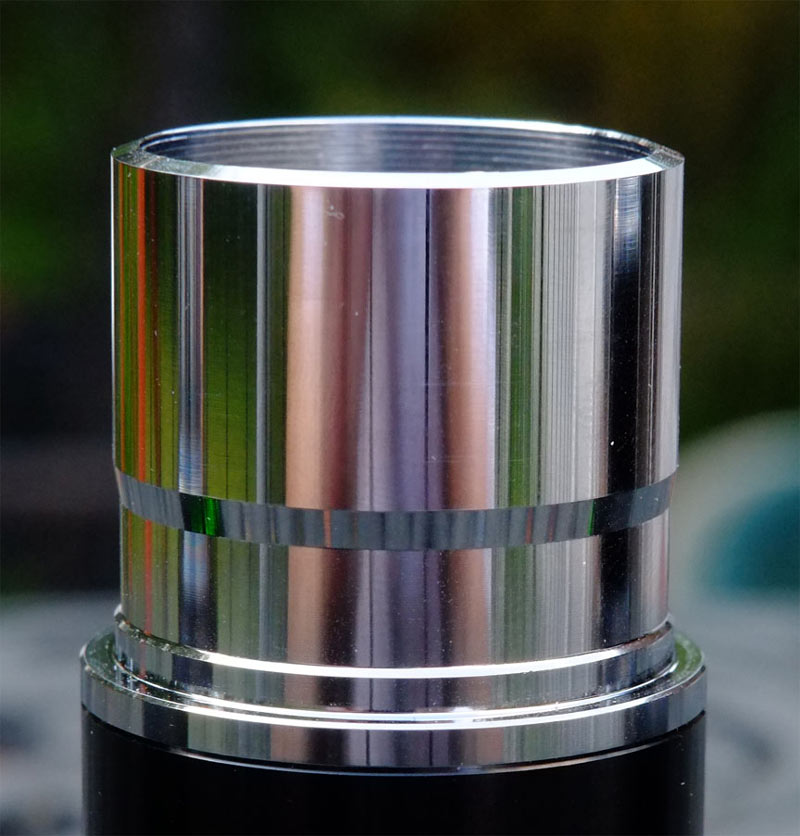 Fig 4: A tapered chrome barrel helps reduce catching on focusers with a compression ring.
Fig 4: A tapered chrome barrel helps reduce catching on focusers with a compression ring.The barrel undercuts are of a tapered design to help reduce the eyepiece catching on focusers with compression rings during extraction. During the course of several weeks of testing I only encountered a few instances when extracting the eyepiece from the focuser was not perfectly smooth. The design is definitely better than non-tapered undercuts which easily get stuck when extracting the eyepiece, but to date no design has shown itself to be as effective at maintaining square seating in the focuser and allowing effortless extraction as a fully smooth barrel. During eyepiece insertion into the focuser, I did encounter multiple times when this action snagged the compression ring with the DeLites. As can be seen in Figure 4, the barrel bottom bevel on the DeLite is very shallow. By comparison, this was not an issue during testing with the Pentax XW or the Baader Morpheus as their design has a steeper bevel on the bottom rim of the barrel (XW) or is rounded (Morpheus) to help alleviate this minor issue.
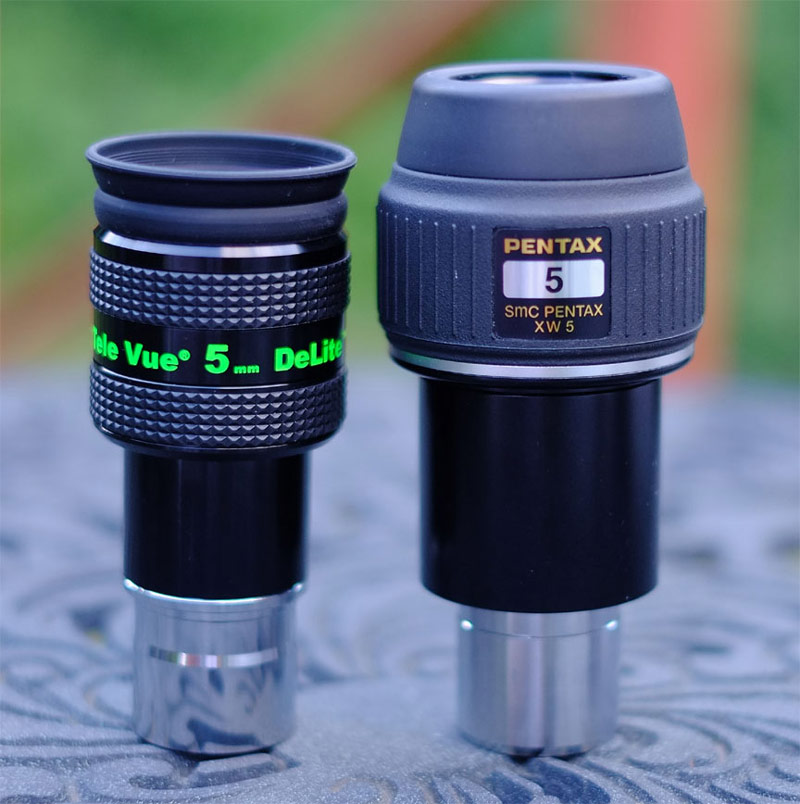 Fig 5: A comparative view of the 5mm DeLite eyepiece and an 5mm Pentax XW eyepiece.
Fig 5: A comparative view of the 5mm DeLite eyepiece and an 5mm Pentax XW eyepiece.While the form factor of the DeLites comes across as more diminutive than most, the 5mm DeLite is still quite sizable in length. As can be seen in Figure 5, it is nearly as long as a Pentax 5mm XW. Overall though, the line has a smaller than typical form factor even with the added bulk from its versatile locking eye guard mechanism.
3. Observational Testing
Observational testing was conducted in a suburban location in Northern Virginia, west of Washington, D.C., where the light pollution levels varied in the moderate range, depending on the particulates and water vapor in the atmosphere, with limiting magnitudes between 3.5 and 4.5. The eyepieces were tested with a 3.2" Vixen 81S f/7.7 Apo, a 4" Takahashi TSA-102 f/8 triplet Super Apochromat refractor, a 6" Lunt152 f/7.9 ED-Apochromat refractor, and a 10" Company Seven certified Orion XT10 f/4.7 Dobsonian reflector equipped with a Tele Vue Type I adjustable top Paracorr.
3.1. Observational Testing: Moon
The DeLites lived up to their name as I felt after testing that they were indeed a delight to use given their smallish form factor and generous eye relief. Contrast was superb and the viewing was very comfortable, with lunar features rich in detail and contrast. Lateral color when observing the bright lunar limb in the far off-axis was extremely faint in all the DeLites -- on one side of the limb showing a lime-yellow, and on the other side showing a small fringe of light magenta. Comparing this behavior to the Pentax 14mm XW, the lateral color in the DeLite was more controlled, with the lunar limb lateral color much less obvious and the color much less strong than the XW.
When the bright Moon was allowed to intersect the field stop, all the DeLites in this test exhibited some degree of what is popularly called a ring of fire (usually blue). The 15mm DeLite was definitely the best controlled of the three in this respect showing only a very thin line of color hugging close to the field stop. The field stop was also nicely sharp in the 15mm, whereas it was less so in the other DeLite focal lengths. Overall I felt the 9mm DeLite showed the least distinct field stop and also had the largest ring of fire when confronted with a bright Moon. As can be seen in Figure 6, the 9mm and 5mm DeLites showed the least sharp field stop and the largest amount of a ring of fire at the field stop. This was also easily seen when used for daytime observing as well. For comparison, the far right image in Figure 6 shows similar behavior in the Pentax 5mm XW, although it is much more controlled and the field stop is sharper in the XW.
 Fig 6: Bench test image of field stop definitions and colored rings-of-fire when viewing a bright field such as the Moon.
Fig 6: Bench test image of field stop definitions and colored rings-of-fire when viewing a bright field such as the Moon.Moving to lunar features, the Moon was richly and crisply delivered through the DeLites. High contrast as well as subtle features like maria shadings and ejecta patterns were rendered identically in all the DeLite focal lengths. Similarly, when using the Pentax XWs, they also did quite well and actually showed to my eye just a little brighter, being able to see into the dark shadowed areas a little better. And with highly critical scrutiny I could see a very slight advantage for the DeLites when observing subtle ejecta patterns around craters and within crater rays. As an example, the difference I could see with the DeLites was in the bright ring of ejecta around a small crater near the crater Clerke, which is surrounded by a darker lava bed. The brighter ejecta around this very small crater was difficult to detect in both the XW and DeLite lines, but overall I felt it stood out just a little better and with a little less critical observing needed when using the DeLites. The same advantage held for the delicate patterns of ejecta between the two rays of the crater Messier . These patterns were seen in both eyepiece lines, but were judged more distinctly revealed in the DeLite after several iterations of comparison.
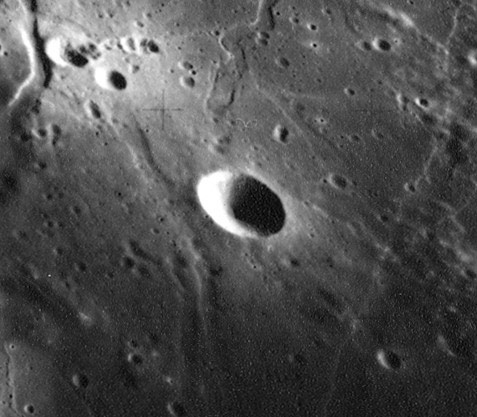 Fig 7: Clerke Crater on the Moon. Image credit: James Stuby based on NASA image, Public Domain.
Fig 7: Clerke Crater on the Moon. Image credit: James Stuby based on NASA image, Public Domain.Finally, checking for unwanted light reflections, ghosts, or other artifacts, none could be seen when using any of the DeLite eyepieces, whether the Moon was within or outside the field of view. This test was conducted in all the scopes used for this review. While there has have been some reports by other observers that they were able to see a slight red flaring within the field of view of the 15mm DeLite when the bright Moon was the target, I was not able to replicate this phenomenon with any of my telescopes from 3" aperture to 10" aperture.
3.2. Observational Testing: Stars, Rich Star Fields, Open Clusters, and Globular Clusters
Star points and star colors were excellently rendered in the DeLites with only subtle differences between the DeLite and the Pentax XW and Baader Morpheus brands. As an example, comparing the 9mm DeLite to the 9mm Morpheus, Vega showed slightly warmer in tone in the Morpheus, and whiter in the DeLite. However, scatter around this bright star was slightly brighter in the DeLite making very dim stars next to Vega slightly more difficult to acquire in the DeLite vs. the Morpheus. All other stars in the field of view however, were equally easy to see, even the dimmest ones present.
Critical examination of star points at the field stop revealed that lateral color as well as other aberrations were very well controlled in the DeLites. A very slight amount of field curvature at the field stop could be detected, but this was more likely field curvature from the telescope objectives as it was similarly detectable using the Morpheus and XWs.
Observing a variety of double stars, all eyepiece brands again performed excellently with only slightly nuanced differences between them. On Albiero in Cygnus, the contrasting colors of this double were nicely saturated in all eyepieces. Between the 5mm DeLite and the 5mm XW I felt that the blue component of this double was a little stronger in the XW, while the yellow component appeared just slightly stronger in the DeLite. I felt there was no advantage to either rendering, but it's nevertheless interesting how eyepieces can show very subtle differences when doing critical comparisons.
Moving to open and globular clusters, all eyepiece brands and focal lengths showed these objects spectacularly, with only very minor and subtle differences. Brightness and contrast on these targets seemed equivalent between all the contenders, with the only real difference of note being that very subjective quality of how much "pop" the star fields portrayed. In this case, the Pentax XW seemed to take a slight advantage showing rich open clusters with a little more of this pop and dimensionality within the field of view, as well as showing the least scatter around brightest stars compared to the DeLite or Morpheus.
Globular clusters, like open clusters, showed excellently in the DeLite, the XW, and Morpheus. From low magnification views using the 15mm DeLite, in which globulars like M13 took on more of an appearance of a pile of diamond dust set in richly dark backgrounds using the TSA-102, to high power views using the 5mm DeLite in the XT10 at 240x where stars were prominently resolved across the field of view. Orange or red stars that were occasionally in the field of view around some clusters also showed equal color vividness in all tested eyepieces. Indeed, the only notable difference between the DeLite, XW, and Morpheus eyepieces was their AFOV size, giving some advantage to the XW and Morpheus when using the 5mm focal lengths in the XT10 where the resulting higher magnification allowed greater drift time with the larger AFOVs.
3.3. Observational Testing: Nebula and Galaxies
Observing the Ring Nebula was wonderful using the 15mm DeLite. The little donut shape of this nebula stood out starkly against the darker background sky. And what I really like when observing this target in a longer focal length eyepiece like the 15mm DeLite is how rich the field of view is when using a lower magnification, as all the surrounding stars make the view all that more beautiful to behold. Moving a little closer using the 9mm DeLite, the Ring again showed excellently with great contrast against the background sky with the dark inside of the Ring contrasting nicely as well. Comparing these two DeLites to the 14mm and 9mm Morpheus, showed that they kept pace well, with neither brand showing any obvious advantage other than AFOV size. Finally, moving on to the 5mm DeLite, the little Ring nebula now showed much larger and of course dimmer, but nevertheless still beautiful and easy to see. Finally, in all the eyepiece brands, faintest stars near the nebula appeared just as well, with no eyepiece showing advantage over the other.
Similarly, when turning to a few galaxies, the DeLites performed as excellently as the Morpheus and the Pentax XWs. All showed views that were well defined and very much on-par.
3.3. Observational Testing: Planets
Planetary observation always seems to be an acid test for an eyepiece, especially a short focal length eyepiece. In comparing the 5mm DeLite to the 5mm XW and 5mm XO, it was interesting observing the differences between them, and also nice to see that these new DeLites held true to my previous observations with the introductory set of focal lengths in that they handled planetary observing exceptionally well. For this test only the 5mm DeLite was used since higher magnifications were needed. Comparing Saturn using the TSA-102, the DeLite showed the Cassini Division as being more starkly black than did the XW. Gradients of the bands in the northern hemisphere of Saturn were more easily seen in the DeLite than the XW, and the polar hexagon showed a richer and deeper hue as well. On Mars, like Saturn, dark shadings on the planet were easier to see and more detailed in appearance in the DeLite than in the XW, and focus snap was also better with the DeLite. Overall the 5mm DeLite showed itself to be a great planetary performer besting the very much respected XW.
When the 5mm Pentax XO was pressed into service on these planets, of course, we were now dealing with an eyepiece made specifically for planetary observing. As should be expected, as good as the 5mm DeLite was, it could not stand up to the prowess of the mighty little XO. When compared to the DeLite, the Pentax XO showed features on Mars and Saturn with even greater apparent contrast and definition, albeit at the expense of apparent field of view and eye relief. So if you are looking for optimum planetary performance then specialty eyepieces like XOs and ZAOs still surpass others when sky conditions are good and the telescopes are accurately collimated and thermally acclimated. However, the new DeLites definitely lessen that gap and are to-date the best performing planetary eyepiece that I have used that also has the ability to be used generally given its large apparent field of view and its very comfortable eye relief.
Discuss this review in the forums4. Conclusions
The newest additions to the Tele Vue DeLite eyepiece family continue to provide an excellent level of performance, particularly in the realm of planetary observing. They easily kept pace with other premium eyepieces like the Pentax XW and Baader Morpheus brands showing only nuanced differences. Star points remained sharp across the vast majority of the field of view while presenting a field of view very rich in contrast. Finally, eye positioning, which can sometimes be difficult with long eye relief eyepieces, proved to be comfortable and easy to maintain in all the DeLites. If you are looking for a premium quality long eye relief eyepiece that excels at planetary observing, with a smaller form factor than the typical long eye relief wider AFOV contenders like the Pentax XW, Baader Morpheus, or Tele Vue Delos, then the 62° AFOV DeLites can be an excellent alternative.
 About the Author
About the Author
William "Bill" Paolini has been actively involved in optics and amateur astronomy for 45 years, is author of the desk reference on astronomical eyepieces: Choosing and Using Astronomical Eyepieces which is part of the Patrick Moore Practical Astronomy Series published by Springer of New York, has published numerous product reviews on major online amateur astronomy boards, and volunteers with public tours at a famous vintage Clark refractor site.
Bill's professional background is as an officer in the U.S. Air Force and as a computer scientist, holding a Bachelor's degree in Computer Science and a Master of Science in Education. He has worked for the U.S. Department of Defense, the U.S. Department of Commerce, the Federal Trade Commission, the Federal Reserve, the World Bank, and a variety of commercial corporations in the information technology, information technology security, and telecommunications industries.
Bill has been observing as an amateur astronomer since the mid-1960's, grinding mirrors for homemade Newtonian telescopes during the 1970's and eventually owning, using, and testing several hundreds of eyepieces in a wide variety of telescopes from Achromatic and Apochromat refractors to Newtonian, Maksutov-Cassegrain, and Schmidt-Cassegrain designs. Today he enjoys observing and testing new equipment from his suburban home west of Washington, D.C., where his primary amateur astronomy pursuits are lunar, planetary, bright nebula, open cluster, and globular cluster observing.
***
This article is © AstronomyConnect 2016. All rights reserved. Images © William Paolini 2015. For permission to use images, contact the author at wapaolini@hotmail.com.
-
Final Announcement: We're Saying Goodbye to AstronomyConnect. Read Our Closing Notice.
Dismiss Notice
New Cookie Policy
On May 24, 2018, we published revised versions of our Terms and Rules and Cookie Policy. Your use of AstronomyConnect.com’s services is subject to these revised terms.

